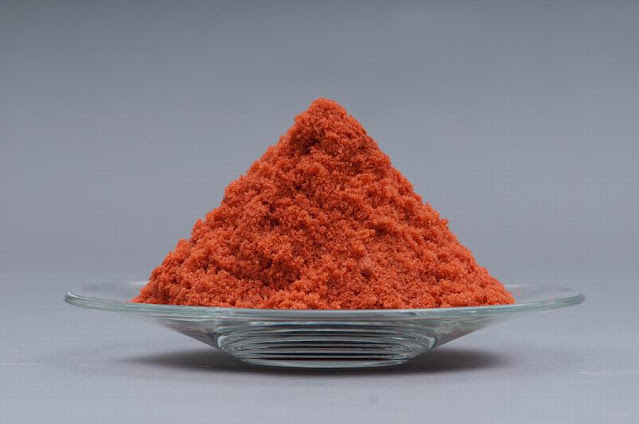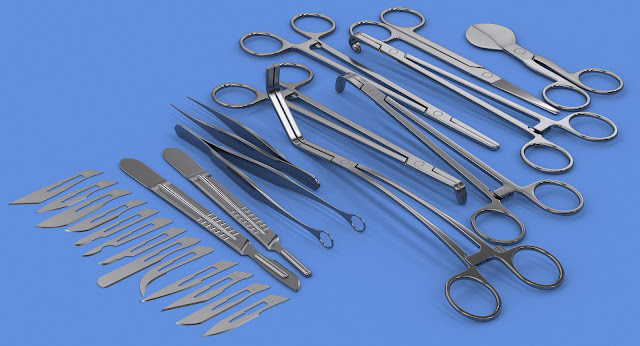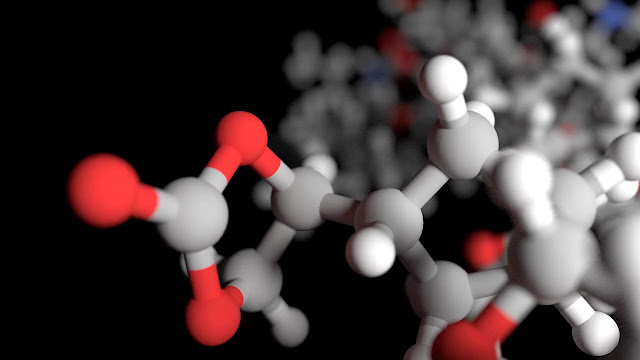The Rise Of Compounding Pharmacies In Today's Healthcare System

Compounding Pharmacies Compounding pharmacies have become increasingly important in today's specialized and personalized healthcare landscape. These customized pharmaceutical manufacturers allow patients to access vital medications tailored to their individual needs. Let's take a closer look at the role compounding pharmacies now play in our communities. What are Compounding Pharmacies? A compounding pharmacy is a pharmacy that prepares medications for patients in ways that are different from what's available commercially and that meet unique clinical needs. Compounding pharmacists combine, mix, or alter ingredients to create customized medications for individuals. This is done when an FDA-approved medication does not meet a specific patient's need. Reasons for Using Compounding Pharmacies There are many reasons why a patient may need to use a compounding pharmacy rather than obtaining a commercially available medication: - Allergies: Patients may be allergic








.jpg)




